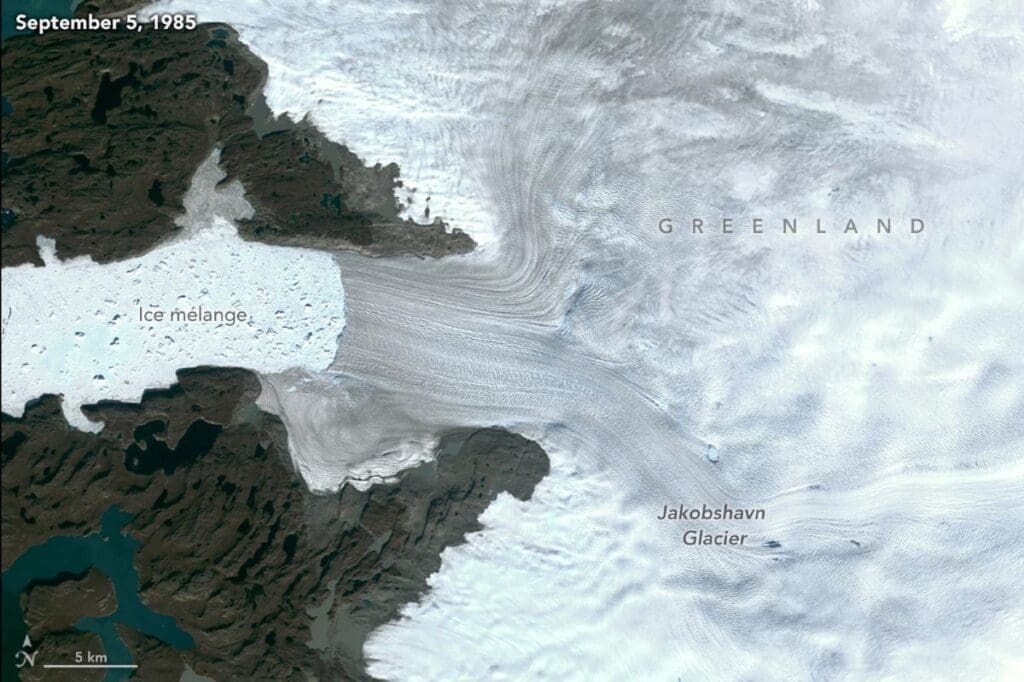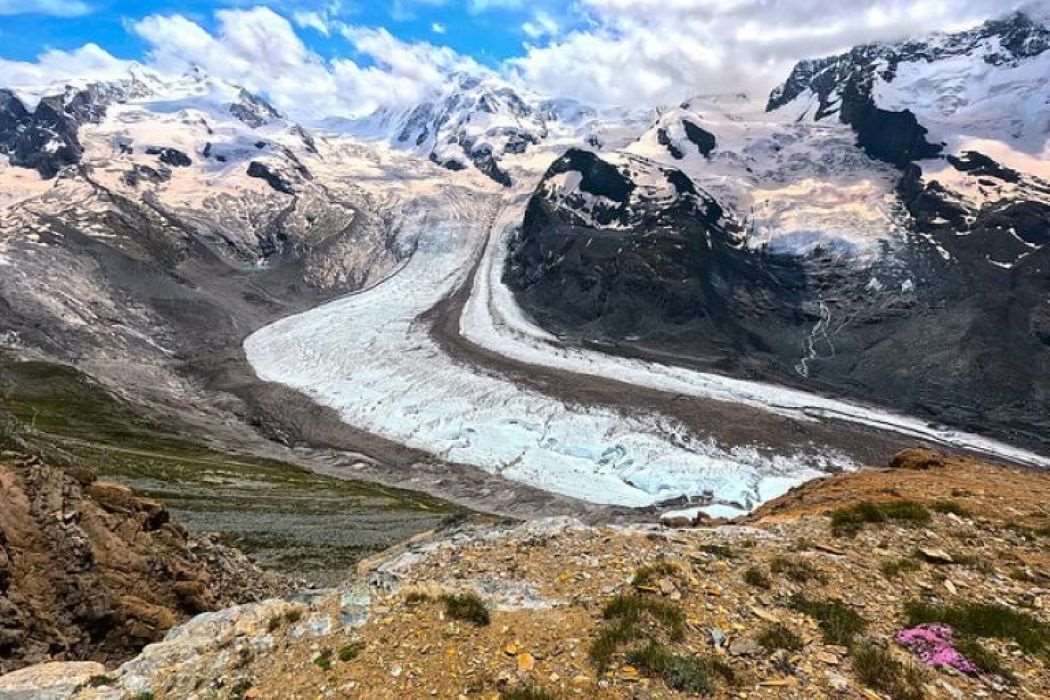UNESCO and the World Meteorological Organization (WMO) have officially launched the International Year of Glaciers’ Preservation, marking a critical global initiative to combat the rapid loss of glaciers.
Table of Contents
The launch, held on January 21, 2025, aims to raise awareness of the vital role glaciers play in sustaining freshwater supplies for over 2 billion people worldwide and to accelerate actions to address the impacts of their melting.
This year-long initiative will feature a range of activities designed to engage governments, communities, and scientists in protecting these critical water resources.
A moment of urgency for the cryosphere
Glaciers cover more than 700,000 square kilometers worldwide and store 70% of Earth’s freshwater. However, these natural reservoirs are shrinking at alarming rates due to rising global temperatures. According to the Intergovernmental Panel on Climate Change (IPCC), glaciers are expected to continue retreating throughout the 21st century, putting water security for millions of people at risk.
“WMO recently confirmed that 2024 was the warmest year on record and has sounded repeated Red Alerts about the state of our climate, including the retreat of glaciers,” said Celeste Saulo, Secretary-General of WMO. “Melting ice and glaciers threaten long-term water security for many millions of people. This international year must be a wake-up call to the world.”
Global efforts and key initiatives
Proclaimed by the United Nations General Assembly in 2022, the International Year of Glaciers’ Preservation designates March 21 as the annual World Day for Glaciers. UNESCO and WMO will lead international efforts, coordinating with over 75 international organizations and 35 countries to implement key measures, including:
- Expanding glacier monitoring systems to improve data collection.
- Developing early warning systems for glacier-related hazards.
- Promoting sustainable water resource management in glacier-dependent regions.
- Preserving cultural heritage and traditional knowledge associated with glacial environments.
- Inspiring youth to take part in glacier preservation and climate action.
“We are confident that this initiative will mobilize the global community, inspire action, and drive the policies and solutions necessary to protect these invaluable natural resources,” said Bahodur Sheralizoda, Chairman of the Committee for Environmental Protection of Tajikistan.

Glaciers and water security
Often referred to as the “water towers of the world,” glaciers play a crucial role in providing freshwater to river basins that support more than half of humanity. Regions such as the Himalaya-Hindu Kush and Tibetan Plateau, known as the Third Pole, rely heavily on glacial meltwater.
“Glaciers don’t care if we believe in science – they just melt in the heat for all to see,” said John Pomeroy, co-chair of the initiative’s Advisory Board and a professor at the University of Saskatchewan. “More than 2 billion people rely on mountain snow and ice to replenish their rivers, lakes, and groundwater. All of this is now at risk as global heating causes rapid glacier retreat, glacier lake outburst floods, snow droughts, loss of sea ice, rising sea levels, permafrost thaw and wildfires.”
As glaciers recede, they also contribute to increased hazards, including floods, landslides, and droughts, while threatening long-term water availability for ecosystems, agriculture, and energy production.
Cultural and scientific importance
Glaciers serve as time capsules, preserving valuable records of Earth’s climate, atmospheric composition, and even human activity over thousands of years. Their loss jeopardizes not only water security but also the unique ecosystems and biodiversity that have evolved in these icy environments.
For Indigenous Peoples in regions such as Asia, Latin America, and East Africa, glaciers hold deep cultural and spiritual significance. These sacred landscapes are vital to cultural practices and traditions, many of which are recognized by UNESCO as Intangible Cultural Heritage of Humanity.
The International Year of Glaciers’ Preservation 2025 is a rallying cry for action to stabilize the climate by reducing greenhouse gas emissions and implementing effective adaptation strategies. Governments, scientists, private organizations, and civil society are urged to collaborate to safeguard these vital resources.
For more information on the initiative and how to participate, visit www.un-glaciers.org.
Article Source:
Press Release/Material by World Meteorological Organization (WMO)
Featured image credit: Melanie Biausque | WMO Photo Competition




